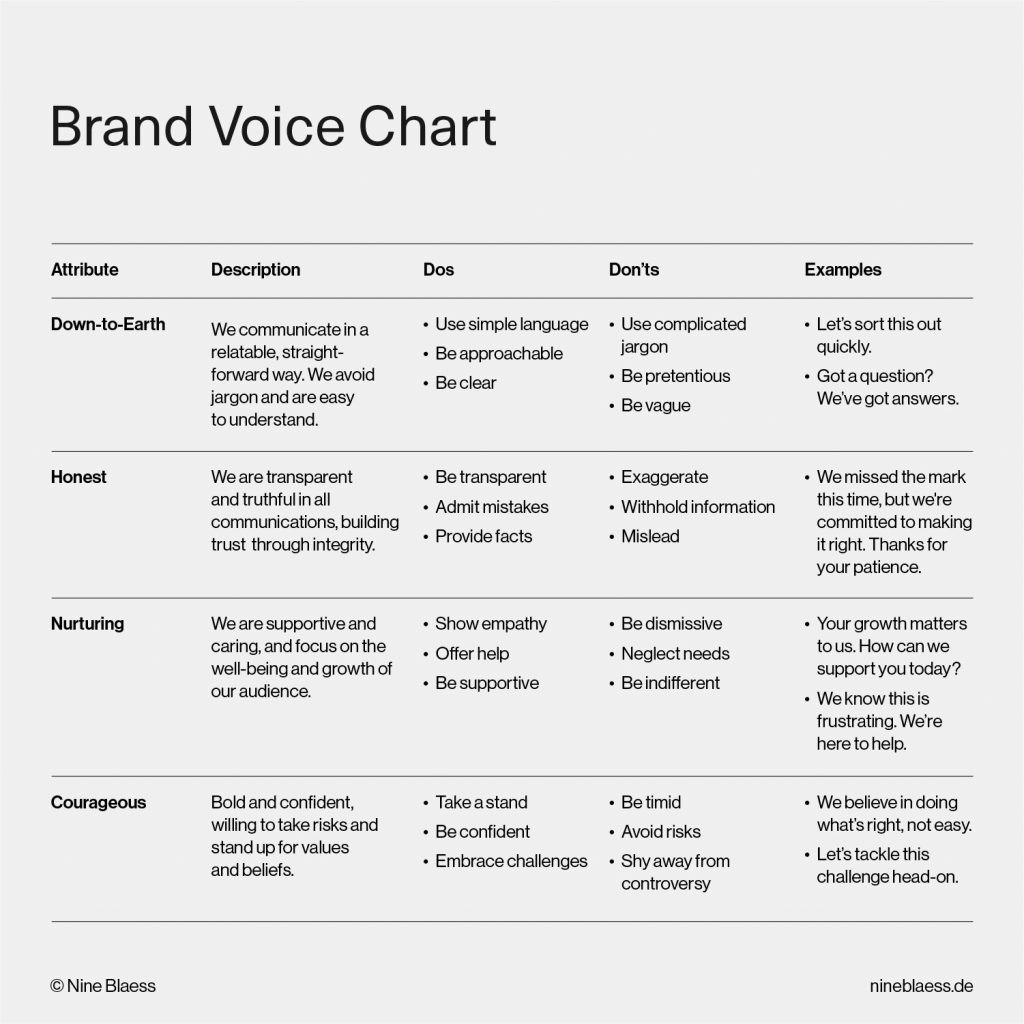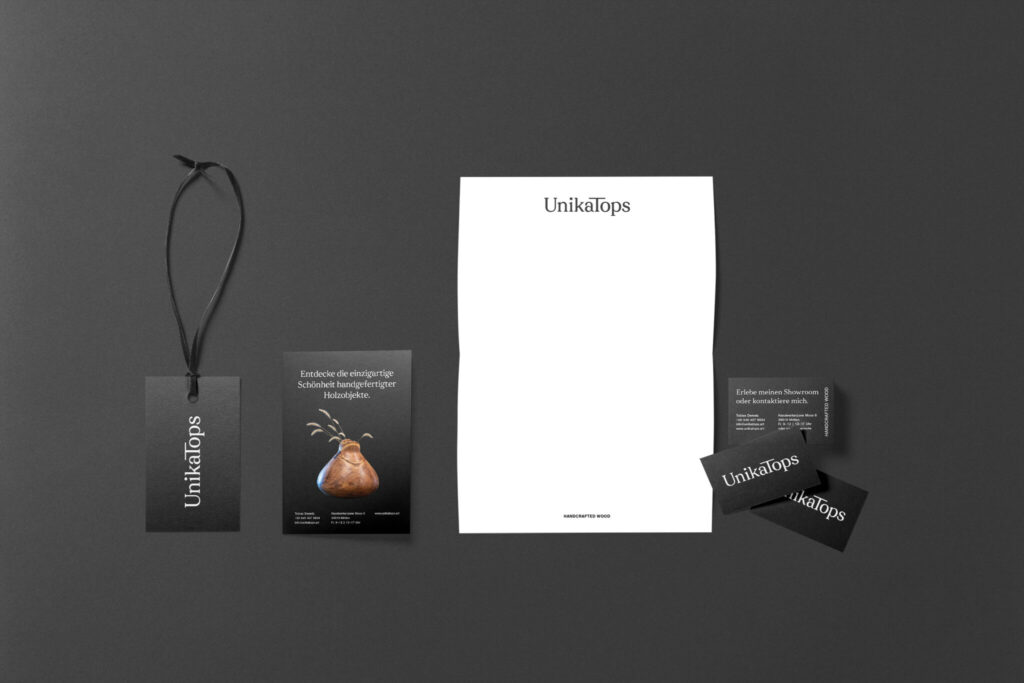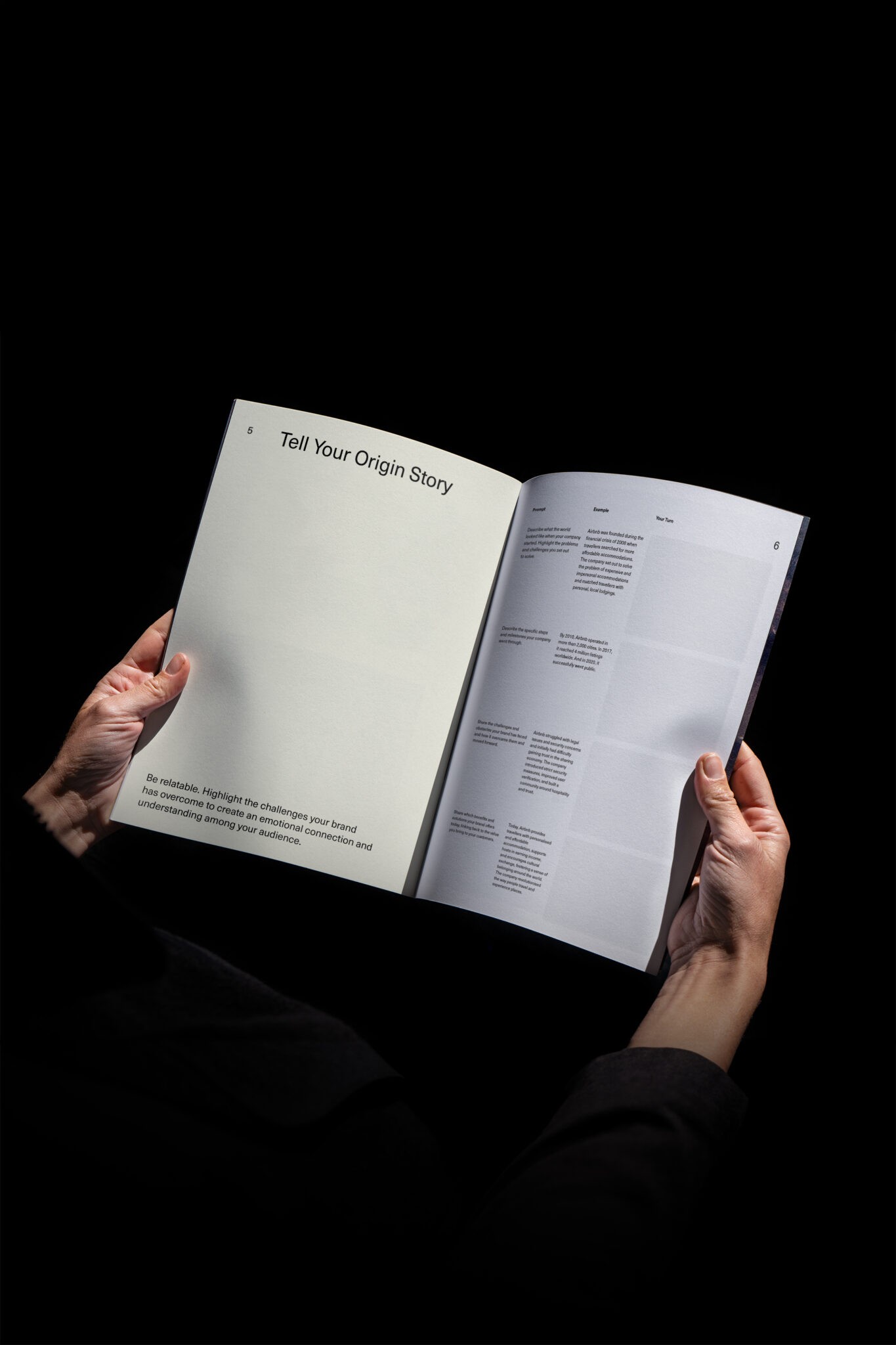Are you looking to create a brand voice that resonates with your audience? Follow these six simple steps, explained in under a minute.
Your brand voice is the unique tone, style, and language used in all company communications. It reflects the brand’s identity, builds connections, and sets it apart from competitors.
Here are the six steps to creating your unique brand voice:
1. Identify Your Target Audience
Understand your ideal and current customers. Conduct market research, surveys, and focus groups to gather insights on their demographics, behaviours, needs, and preferences. Use this data to create personas that represent your audience.
2. Study the Competition
Analyse competitors’ communication styles. Review their websites, social media, newsletters, etc., to identify patterns and common phrases. This will help find gaps and opportunities to stand out.
3. Define Your Brand Identity
Combine audience insights and competitor analysis with your brand’s unique qualities.
Imagine your brand as a person: What would it wear, speak and behave like?
Ensure your brand identity aligns with your values and resonates with your audience.
4. Define Your Brand Voice
Choose key characteristics that represent your brand’s personality.
Should your tone of voice be formal or casual, serious or funny? Limit these traits to about five to maintain a consistent and engaging voice.
5. Write Up Your Brand Voice Guidelines
Create guidelines to ensure consistency across all platforms.
Include sections on personality, tone, adaptation, grammar, and examples. This helps all team members maintain the same voice in their communications.
For real-world examples, check out my in-depth post about creating a distinctive brand voice.

6. Maintain and Evolve the Brand Voice
To stay relevant, regularly review and update your brand voice guidelines.
Use customer feedback to refine your voice and ensure it continues to resonate with your audience.
With these steps, you can develop a strong, memorable brand voice that fosters trust and loyalty among your audience.
To give you a little context, I’ve written an in-depth article on this with plenty of tips and examples.
But I know time is often scarce, so I want to test a new format where I summarise complex topics in less than a minute.
Let me know if you like it.
Title image by Kaboompics






